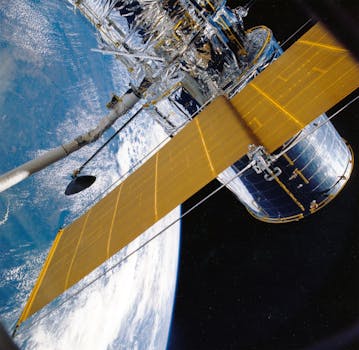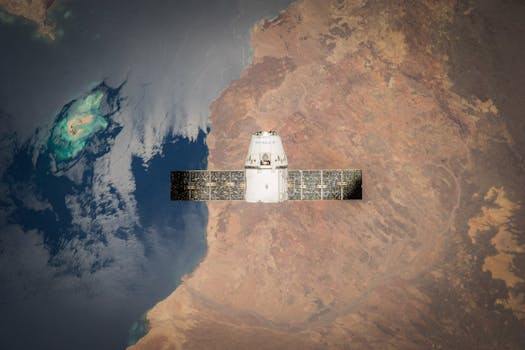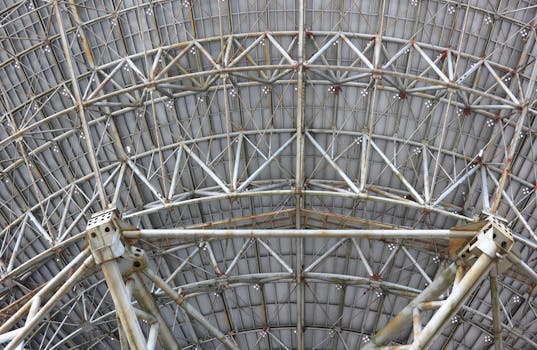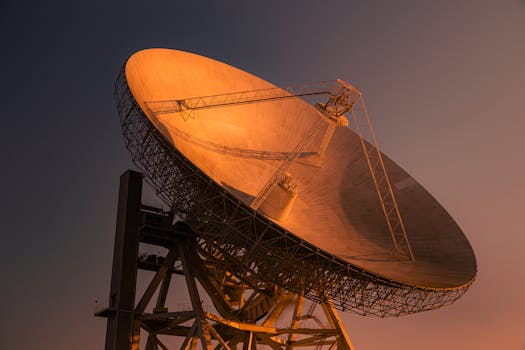From Geostationary to Low Earth Orbit: The Evolution of Satellite Telecommunications in 2023
The satellite telecommunications industry has undergone significant changes in recent years, with a shift from geostationary to low Earth orbit satellites. This article explores the evolution of satellite telecommunications in 2023, including the benefits and challenges of low Earth orbit satellites.

From Geostationary to Low Earth Orbit: The Evolution of Satellite Telecommunications in 2023
Introduction to Satellite Telecommunications

Satellite telecommunications, also known as satellite communications, is the use of satellite technology to transmit data, voice, and video signals over long distances. The technology has been around for several decades and has played a crucial role in global communications, particularly in areas where traditional telecommunications infrastructure is limited or non-existent. Satellite Telecommunications has evolved significantly over the years, with advancements in technology leading to improved performance, increased capacity, and reduced costs.
The early days of satellite telecommunications were marked by the use of geostationary satellites, which are placed in a fixed orbit above the equator at an altitude of approximately 36,000 kilometers. These satellites have a fixed position in the sky and are used for a variety of applications, including television broadcasting, telecommunications, and weather forecasting. However, geostationary satellites have some limitations, including high latency, limited bandwidth, and high operating costs.
The Shift to Low Earth Orbit Satellites

In recent years, there has been a shift towards the use of low Earth orbit (LEO) satellites, which are placed in an orbit at an altitude of approximately 160 to 2,000 kilometers. Low Earth Orbit satellites have several advantages over geostationary satellites, including lower latency, higher bandwidth, and lower operating costs. LEO satellites are also more suitable for real-time applications, such as video conferencing and online gaming, due to their lower latency.
One of the key benefits of LEO satellites is their ability to provide global coverage with a smaller number of satellites. This is because LEO satellites are in a lower orbit, which allows them to cover a larger area of the Earth’s surface. Additionally, LEO satellites are more fuel-efficient, which reduces the cost of launching and operating them. Several companies, including SpaceX, OneWeb, and Amazon’s Kuiper Systems, are currently launching constellations of LEO satellites to provide global internet connectivity.
Benefits and Challenges of Low Earth Orbit Satellites

The use of LEO satellites has several benefits, including improved performance, increased capacity, and reduced costs. LEO satellites are also more suitable for real-time applications, such as video conferencing and online gaming, due to their lower latency. However, there are also some challenges associated with the use of LEO satellites, including interference with other satellites and the need for more complex ground infrastructure.
Another challenge facing the satellite telecommunications industry is the issue of space debris. As more satellites are launched into orbit, there is an increasing risk of collisions and the creation of space debris. This can have serious consequences, including the destruction of satellites and the creation of hazardous conditions for other spacecraft. To mitigate this risk, satellite operators are implementing measures such as de-orbiting satellites at the end of their life and using collision avoidance maneuvers.
Conclusion

In conclusion, the satellite telecommunications industry has undergone significant changes in recent years, with a shift from geostationary to low Earth orbit satellites. Satellite Telecommunications has evolved significantly, with advancements in technology leading to improved performance, increased capacity, and reduced costs. While there are some challenges associated with the use of LEO satellites, the benefits of improved performance, increased capacity, and reduced costs make them an attractive option for a variety of applications, including telecommunications, navigation, and Earth observation.
See more:




